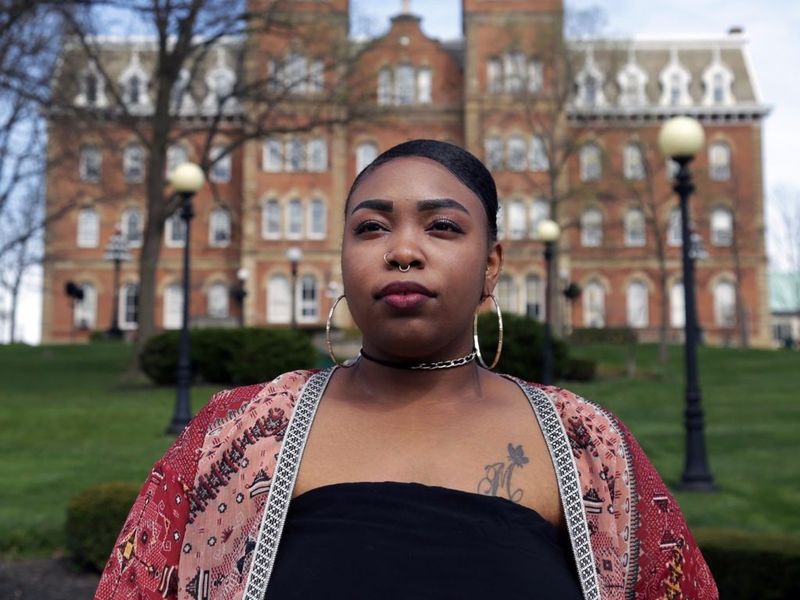Few institutions of higher learning feel the historical racial inequality more acutely than HBCUs (historically black colleges and universities), where endowments are usually smaller and levels of enrollments have been erratic over the past ten years.
Their financial misfortunes are not entirely their fault. Black colleges have been pressured from insufficient, unequal funding ever since they were born out of necessity mainly after the Civil War to educate African Americans whom other colleges refused to accept.
HBCUs draw the majority of their revenue from federal and state funding, as over half of them are public. As state and federal governments cut their higher-education spending budgets, these establishments are struggling to find the resources to improve their campuses by repairing buildings or constructing new ones.

Debt
Loans are a way for colleges to overcome their funding woes, but the legacy of racism is apparent even then. Colleges need to take a couple of steps to get bond debt issued. The first one is getting a bank to buy the debt. This institution then sells a public investor or investors this debt.
Of course, the bank has a fee for this. It will normally sell the debt at a slight markup to make up for expenses and management fees. The college will have to pay that off.
A study by researchers from Drexel University, Notre Dame, Duke University, and the University of Washington found evidence of this using 4,145 tax-exempt municipal bonds issues issued by almost 1000 four-year, not-for-profit colleges over a period spanning more than two decades.

